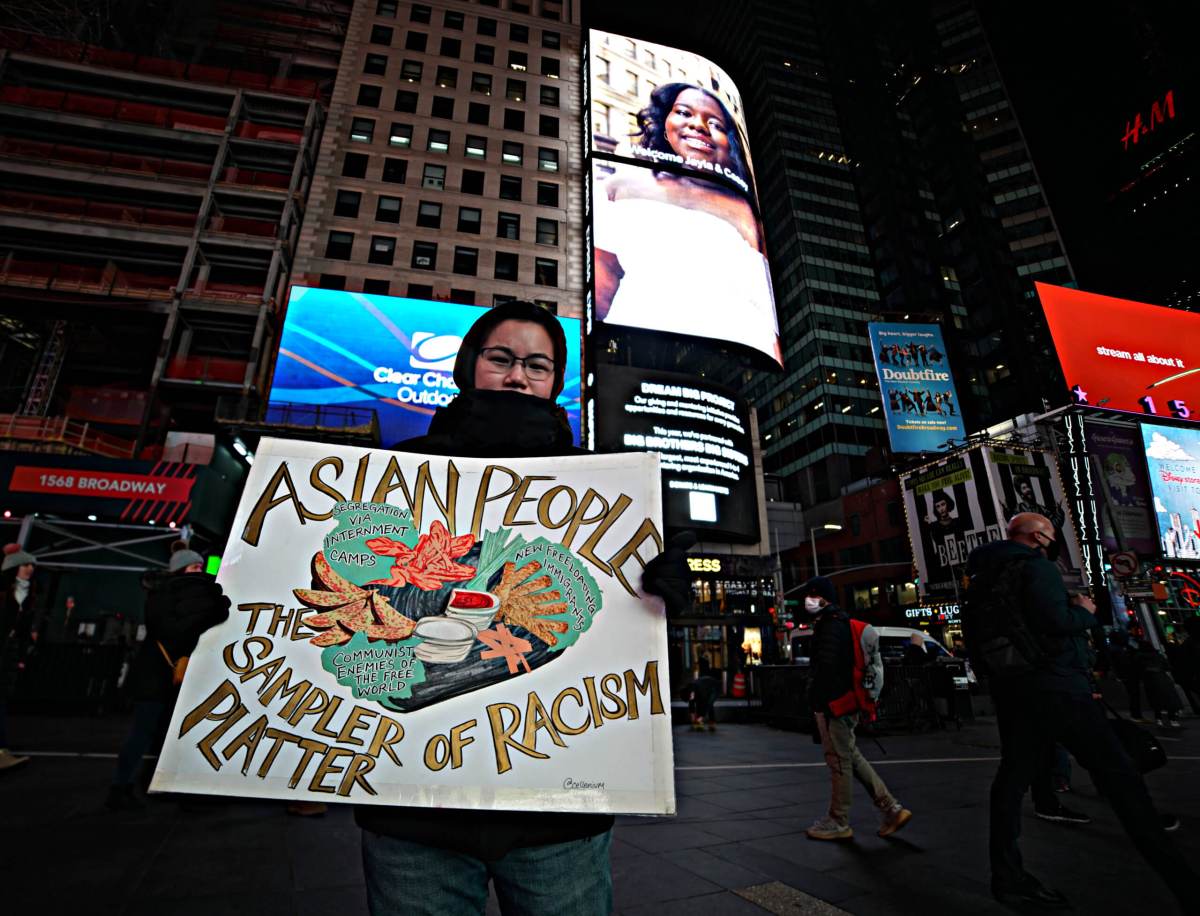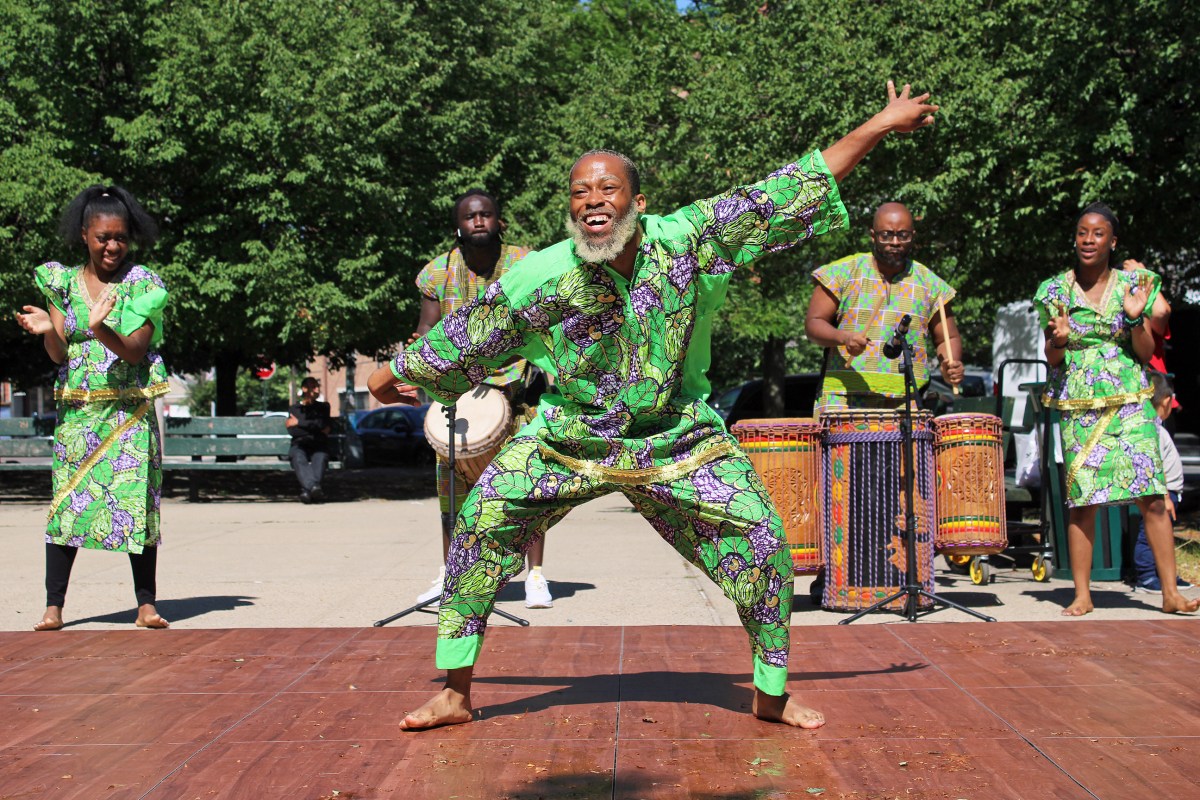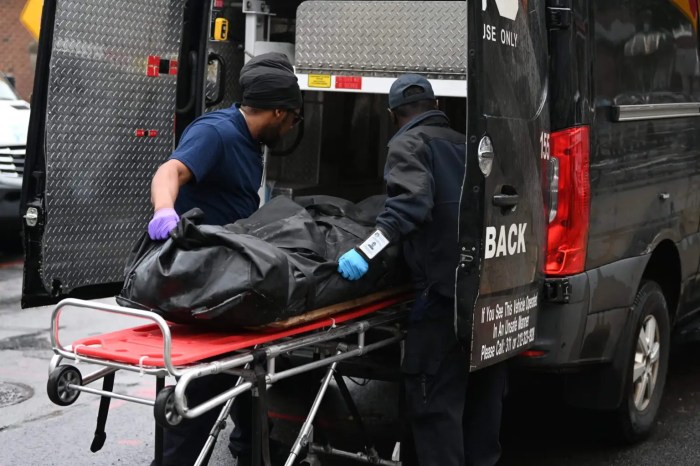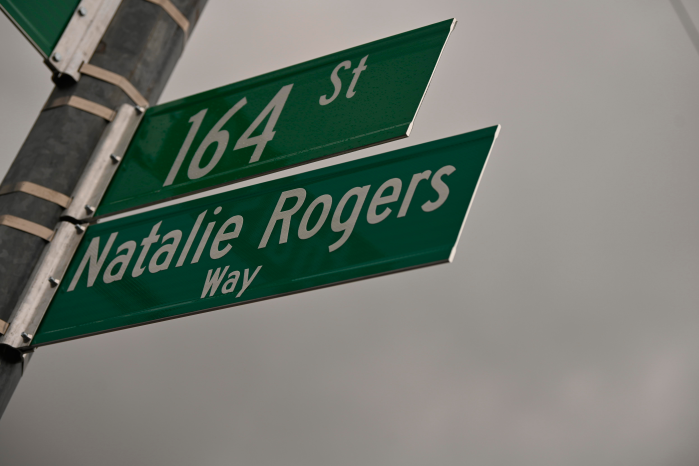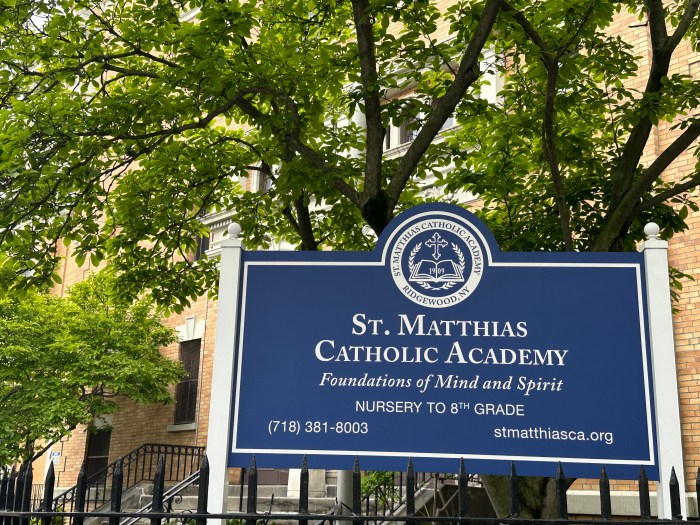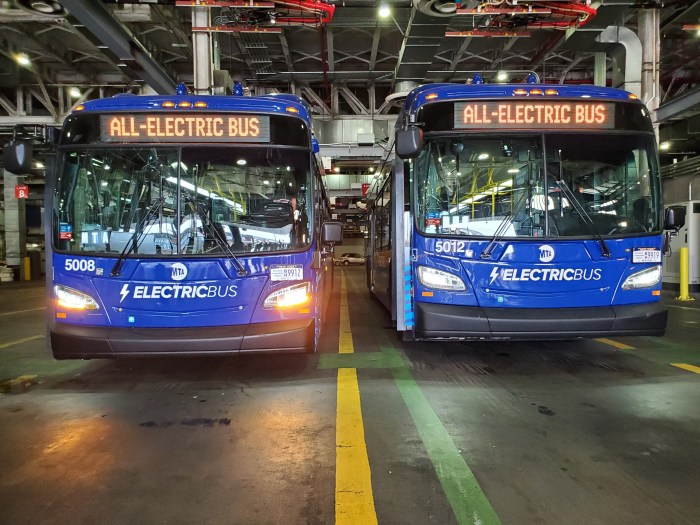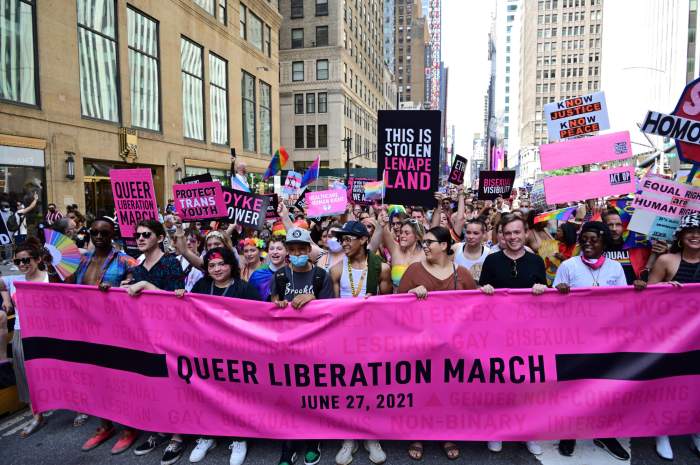By Philip Newman
If the trip seems almost interminable to riders of the Q32 bus, it’s not entirely their imagination. In fact, the Jackson Heights-to-Penn Station bus is fourth worst among the city’s 25 slowest buses.
Four other Queens bus lines are not much faster, according to a survey by the transit advocacy agencies Straphangers Campaign and Transit Alternatives.
The transit organizations designated the slowest bus routes with gold “Pokey” statuettes depicting snails.
The survey said most New York City buses show up poorly in comparison to a chicken, which can run 9 mph, and a King penguin, which can swim 5.3 mph. People walk at an average 3 mph.
The survey, using Transit Authority statistics for 2000, said the Q32 averages only 5.6 mph while the M96, a crosstown bus in Upper Manhattan, averages 4.3 mph — the slowest of the 25 bus lines surveyed, a citywide “champion.”
Other “Pokey” winners in Queens were: Q56, which runs from 171st Street and Jamaica Avenue in Jamaica to Broadway Junction, East New York, averaging 7.6 mph; Q24, which runs from Archer Avenue and 168th Street in Jamaica to Lafayette Avenue and Patchen Avenue in Brooklyn at 8 mph; Q58, operating from Myrtle Avenue and Wyckoff Avenue in Ridgewood to Main Street and 41st Road in Flushing at 8 mph; and the Q54 running from Williamsburg Bridge Plaza in Brooklyn and 171st Street and Jamaica Avenue in Jamaica at 8.3 mph.
The average speed of New York City buses is 7.5 mph in what the Transit Authority acknowledges is the slowest in the United States.
“Pokey buses waste time and fray nerves,” said Gene Russianoff, staff attorney for the Straphangers Campaign. “Slow buses are one reason why the recent census says New York City has among the longest travel times to work in the nation.”
A report issued by the two transit advocacy organizations says that while traffic is a big factor in slowing down buses, other reasons are long waits for passenger boarding; infrequent and overcrowded buses; traffic lights out-of-sync with buses; cars and trucks blocking bus stops; and bus scheduling.
The report offered some suggestions for speeding up buses:
Redesigning bus stops to reduce the delay from buses maneuvering in and out.
Longer bus stop areas to eliminate waits for multiple buses to enter the stop.
An aggressive enforcement of rules against cars and trucks using bus lanes.
Paying of fares before passenger boarding at high volume times to reduce time at bus stops.
Bus priority traffic lights to help buses stay on schedules.
Reach contributing writer Philip Newman by e-mail at Timesledgr@aol.com or call 229-0300, Ext. 136.









